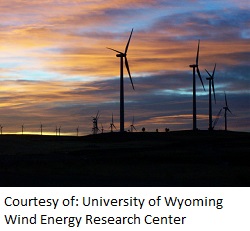The Governors’ Biofuels Coalition has sent a letter to the Obama Administration urging action on the Renewable Fuel Standard (RFS) and for the restoration of biofuel levels as designated by the mandate. This, the group said, will protect consumer choice, ensure jobs and reduce dependence on foreign oil. The initiative was led by Governor Pat Quinn and Iowa Governor Terry Branstad, chairman and vice chairman of the Governors’ Biofuels Coalition.
In the letter, the gove rnors write, “The continued expansion of the biofuels industry is essential for our nation’s energy and economic future. Through continued expansion of biofuels plants, it will be possible to deliver millions of gallons of clean, renewable fuel, create thousands of jobs, lower imported oil expenditures, and reduce greenhouse gas emissions by more than 80 percent, compared to gasoline.”
rnors write, “The continued expansion of the biofuels industry is essential for our nation’s energy and economic future. Through continued expansion of biofuels plants, it will be possible to deliver millions of gallons of clean, renewable fuel, create thousands of jobs, lower imported oil expenditures, and reduce greenhouse gas emissions by more than 80 percent, compared to gasoline.”
The governors also expressed their concern about the impact the Environmental Protection Agency’s (EPA) proposed rule will have on biodiesel. “The EPA’s proposed volume cuts for biodiesel are creating turmoil, resulting in production cutbacks and layoffs. More than halfway through the year, many jobs are in jeopardy and many biodiesel plants have been negatively impacted.”
The letter highlights the impact that the EPA’s proposed rule has had on the emerging cellulosic industry: “[T] he proposed RFS rule has discouraged new investment in the newly emerging cellulosic ethanol industry and now threatens the many new plants about to go into commercial production.”
The letter concluded, “Amending the proposed rule to one that will build and restore America’s robust leadership in the development and production of domestically produced renewable fuels is crucial in ensuring a successful future in rural America.”











